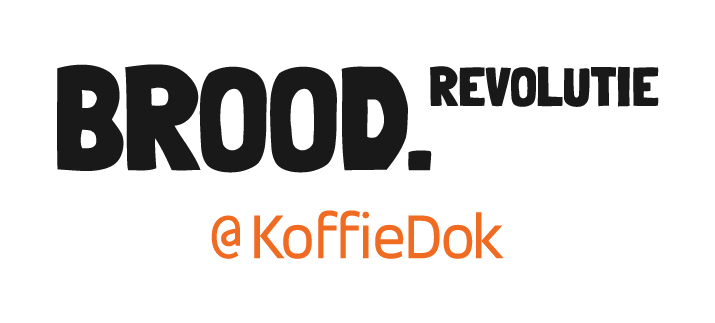Duik in de wereld van koffie bij KoffieDok. In ons ruime café kun je werken, de krant lezen of met vrienden afspreken. We hebben (specialty) koffie of thee met eigen gebakken taart, koek of een lunchplankje met zuurdesembrood uit onze bakkerij. Je kunt ook bij ons terecht voor espresso- en filtermachines of verse koffiebonen gebrand door Jeroen Brugman van Ikigai Coffee. Regelmatig hebben we van leuke branders uit Nederland en van over de hele wereld zakjes koffie in de schappen staan.
Wat is er zo speciaal aan 'specialty coffee'?
Specialty coffee is een hoge kwaliteit koffie bonen die met veel zorg zijn geteeld, geoogst en gebrand zodat ze alle unieke eigenschappen en smaken blijven behouden. Door de juiste zetmethode kunnen we de smaaktonen nog meer accentueren.
Waarom wij bij KoffieDok kiezen voor specialty coffee in plaats van ‘doorsnee’ koffie?
Omdat we geloven dat alles bij elkaar moet kloppen. Onze gezonde en lokale ontbijt- en lunch opties, lekkere huisgemaakte taartjes en de gezelligheid van ons café…daar hoort gewoon de beste koffie bij die we je kunnen bieden!
Koffie is een beleving; smaak, herinneringen en gevoel spelen een hele grote rol…kom eens langs om te ervaren wat onze koffie met jou doet 😉
Wat vind jij belangrijk als het om koffie gaat?
